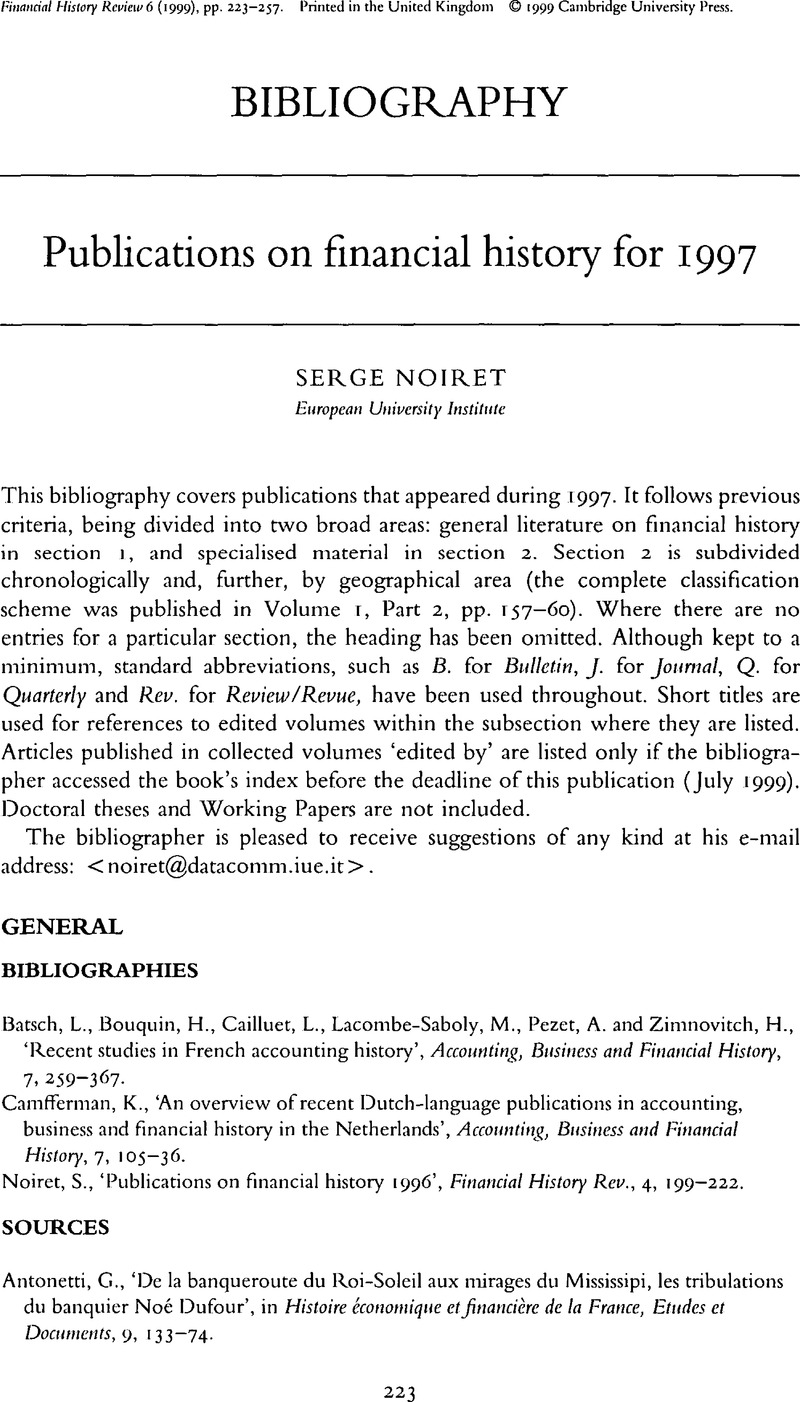Resch, A., ‘Die M. I. Biedermann & Co. Bankaktiengesellschaft, 1921 1927/31: “Englische” Bankpraxis, gescheiterte Hausse Spekulationen, staadiche Einlagegelder und misslungene Sanierungsversuche’, in Matis,
Historische Betriebsanalyse und Unternehmer,
71–
100.
Google Scholar 